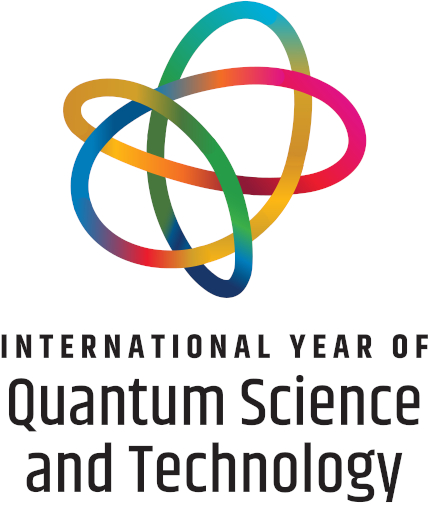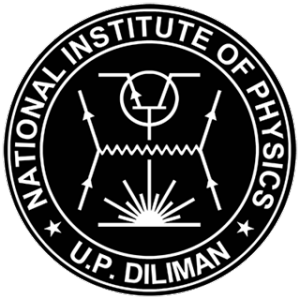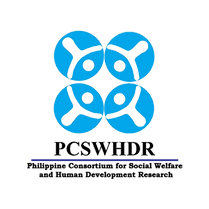Surface energy analysis of Ti3SiC2 deposited steel substrate using contact angle measurements
Abstract
Deposition of the MAX phase compound Ti3SiC2 onto stainless steel substrate using the sheet plasma negative ion source (SPNIS) was investigated through the calculation of surface energy. An optical microscope was used to measure contact angles of static liquid drops onto the samples and the van Oss-Chaudhury-Good method was employed to calculate the surface energy. Three samples were prepared with differing CH4:Ar ratios of 1:4, 1:5 and 1:8. Results showed that Ti3SiC2 deposit increased the hydrophobicity of the stainless steel. As the ratio of the gases increased, the substrate became more hydrophobic. The sample with 1:4 gases ratio displayed high hydrophobicity with a maximum static water contact angle of 100.070. Finally, the surface energy of the MAX-phase coated stainless steel was noticeably decreased compared to the uncoated surface.
Downloads
Issue
Physics linkfest: Spanning science & technology
23-25 October 2013, University of San Carlos, Cebu City











